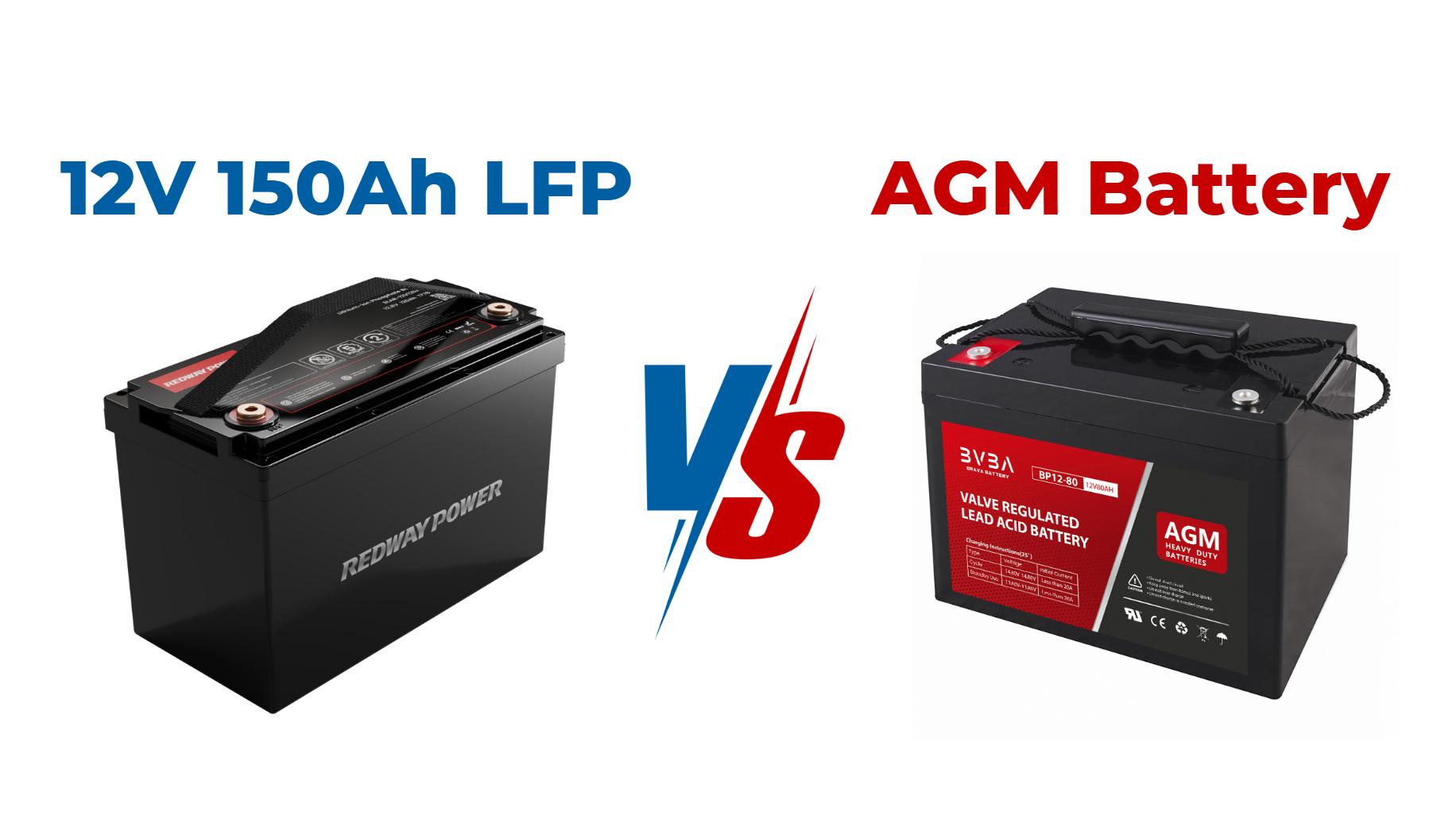
How Does a LiFePO4 Battery Compare to Traditional Lithium Batteries?
LiFePO4, or Lithium Iron Phosphate, is a type of lithium-ion battery known for its safety, longevity, and thermal stability. When comparing it to traditional lithium batteries, such as lithium cobalt oxide (LiCoO2), LiFePO4 offers distinct advantages, particularly in terms of safety and cycle life, making it a preferred choice for many applications.
What does LiFePO4 stand for and how does it work?
LiFePO4 stands for Lithium Iron Phosphate, which is used as the cathode material in this type of rechargeable battery. The battery operates by allowing lithium ions to move between the anode (typically graphite) and the cathode (LiFePO4) during charging and discharging cycles. This unique composition provides enhanced stability and safety compared to other lithium-ion chemistries.LiFePO4 Battery Operation Chart:
| Component | Function |
|---|---|
| Cathode | Provides stability and thermal resistance |
| Anode | Stores lithium ions during discharge |
| Electrolyte | Facilitates ion movement |
How does the performance of LiFePO4 batteries compare to traditional lithium batteries?
When comparing performance, several factors come into play:
- Energy Density: Traditional lithium batteries often have higher energy densities than LiFePO4, meaning they can store more energy in a smaller size.
- Cycle Life: LiFePO4 batteries typically offer longer cycle lives, often exceeding 2000 cycles, while many traditional lithium batteries may only last around 500 to 1000 cycles.
- Voltage: The nominal voltage of a LiFePO4 battery is around 3.2V compared to approximately 3.6V for standard lithium-ion cells, which may necessitate additional cells in a pack.
Performance Comparison Chart:
| Feature | LiFePO4 Batteries | Traditional Lithium Batteries |
|---|---|---|
| Energy Density | Lower | Higher |
| Cycle Life | 2000+ cycles | 500 – 1000 cycles |
| Nominal Voltage | ~3.2V | ~3.6V |
What are the safety advantages of using LiFePO4 batteries?
One of the most significant advantages of LiFePO4 batteries is their enhanced safety profile:
- Thermal Stability: They have a stable crystal structure that significantly reduces the risk of thermal runaway, making them less likely to catch fire or explode under stress.
- Non-Toxic Materials: Unlike some other lithium chemistries that use cobalt or nickel, LFP does not contain toxic heavy metals, making it safer for both users and the environment.
- Robustness: These batteries can withstand high temperatures without degrading performance or posing safety risks.
Safety Features Chart:
| Safety Feature | Description |
|---|---|
| Thermal Stability | Reduced risk of overheating |
| Non-Toxic Composition | No toxic heavy metals present |
| Robust Design | Can handle extreme conditions without failure |
Why is cycle life important in battery selection?
Cycle life refers to the number of complete charge-discharge cycles a battery can undergo before its capacity significantly degrades. A longer cycle life means:
- Cost Efficiency: Batteries with longer lifespans require fewer replacements over time, reducing overall costs.
- Reliability: Applications that demand consistent performance benefit from longer-lasting batteries, such as renewable energy systems or electric vehicles.
LiFePO4’s superior cycle life makes it an excellent choice for applications where longevity is critical.
What are the environmental impacts of using LiFePO4 versus traditional lithium batteries?
LiFePO4 batteries have several environmental advantages:
- Sustainability: They do not contain harmful materials like cobalt or lead, which can pose environmental hazards during mining and disposal.
- Recyclability: The materials used in LFP batteries are more easily recyclable compared to those in traditional lithium-ion cells.
- Lower Carbon Footprint: The manufacturing process for LFP can result in a lower carbon footprint due to less reliance on toxic materials.
Environmental Impact Comparison Chart:
| Environmental Aspect | LiFePO4 Batteries | Traditional Lithium Batteries |
|---|---|---|
| Toxic Materials | None | Cobalt/Nickel present |
| Recycling | Easier | More complex |
| Carbon Footprint | Lower | Higher |

12v 150ah rv lithium battery / Self-heating / Bluetooth App
Industrial News
The demand for safe and efficient energy storage solutions continues to rise, particularly with the growth of electric vehicles and renewable energy systems. Recent advancements in Lithium Iron Phosphate (LiFePO4) technology have led to increased adoption due to its safety features and long cycle life. Major manufacturers are investing heavily in R&D to enhance performance while maintaining environmental sustainability.
Expert Views
“LiFePO4 technology represents a significant step forward in battery safety and longevity,” says Dr. Sarah Thompson, an energy storage researcher. “As industries shift towards more sustainable practices, the benefits of using non-toxic materials and achieving longer lifespans will make LFP increasingly attractive.”
Frequently Asked Questions
- What does LiFePO4 stand for?
LiFePO4 stands for Lithium Iron Phosphate, a type of rechargeable battery known for its stability and safety. - How does LiFePO4 perform compared to traditional lithium batteries?
LiFePO4 generally has lower energy density but offers longer cycle life and enhanced safety features. - What are the safety advantages of using LiFePO4?
LiFePO4 batteries have reduced risks of thermal runaway and do not contain toxic heavy metals. - Why is cycle life important?
A longer cycle life means fewer replacements needed over time, leading to cost savings and increased reliability. - What are the environmental impacts?
LiFePO4 has lower environmental impacts due to its non-toxic materials and easier recyclability compared to traditional lithium batteries.
Know more:
What Electric Vehicles Use Lithium Iron Phosphate (LiFePO4) Batteries?
How Does a LiFePO4 Battery Compare to Traditional Lithium Batteries?
How Good Are LiFePO4 Batteries for E-Bikes?
